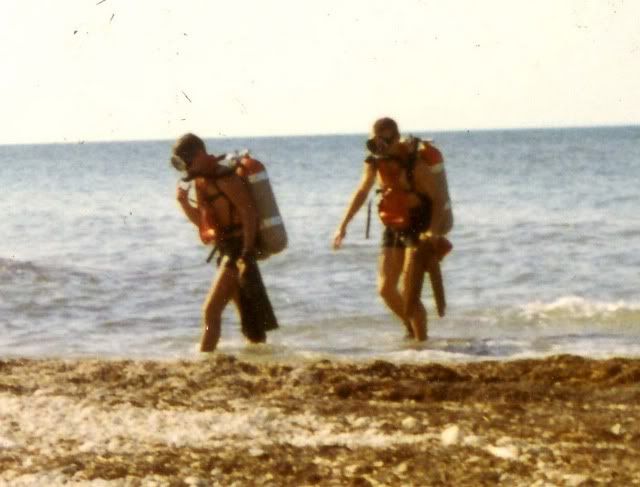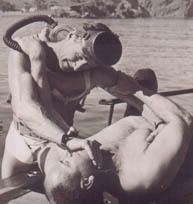Mr. Wang,Calm down hardhat sympathizersJust highlighting out the animosity between the hard hats and skin divers when skin divers came about and make those robbie the robot guys look clumsy.
What you are referencing comes straight out of Jacques Cousteau's The Silent World, where in the early 1950s he compared the divers using an aqua-lung with hard hat divers (Greek sponge divers). This is so far back in the history of scuba diving that it really does not apply today.
Today's commercial divers are versed in all phases of diving, including scuba. These are the "ultimate" divers, and what happens to them is important to all divers. This particular incident shows remarkable courage, and a great deal of teamwork in order to save this diver. I would also like to say that there is not animosity toward commercial divers that I know of, except for your post. All the divers I know have the utmost respect for commercial divers, as these divers dive in circumstance and routinely use equipment most of us only dream using some day. These aren't the "robie the robot guys" who are clumsy, but guys who do the very difficult, tough, cold and dangerous work at depths up to probably 1000 feet, using saturation techniques that the U.S. Navy, Cousteau, Hannes Keller, Dr. Bond, Dr. Lambertson and many, many others have worked out over the years. They are the ultimate divers, and have my admiration for what they do routinely. That this man survived is indeed remarkable, and holds lessons for us all.
SeaRat







